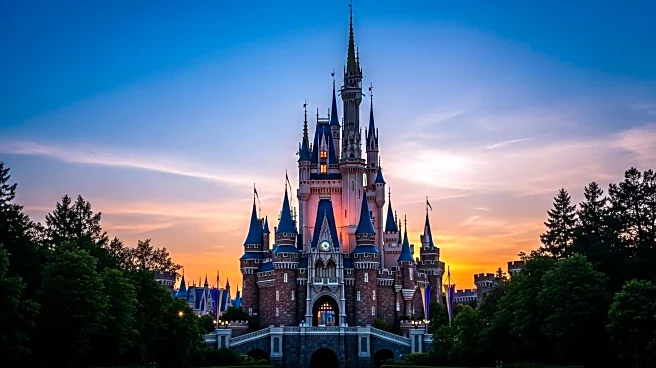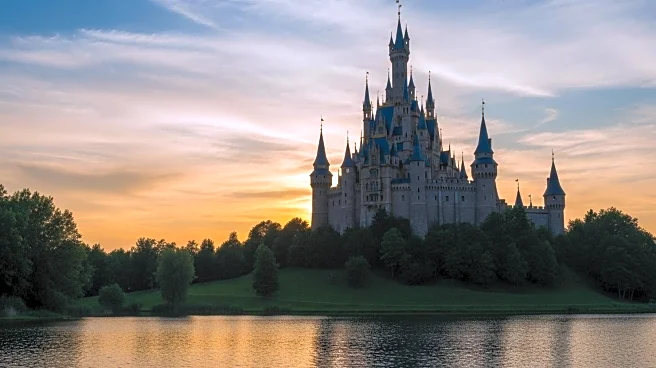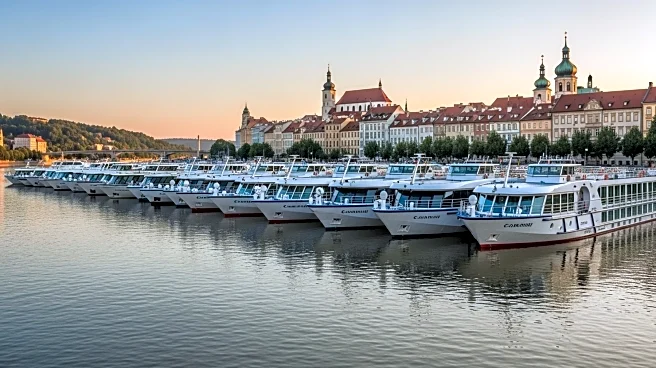Neuschwanstein Castle, with its fairy-tale towers and romantic allure, holds many secrets that intrigue visitors and historians alike. Commissioned by King Ludwig II, the castle was designed as a tribute to Richard Wagner and reflects the monarch's personal dreams and artistic vision. Its construction and history are filled with lesser-known details that add to its mystique.
LesserKnown Details
One lesser-known detail about Neuschwanstein Castle is its dedication to Richard Wagner, which influenced its design and purpose. Ludwig II's admiration for Wagner's operas is evident in the castle's architecture, which incorporates elements inspired by Wagner's works. Additionally, the castle's construction was funded by Ludwig's personal fortune and extensive borrowing.
Common Misconceptions
A common misconception about Neuschwanstein Castle is that it was completed during Ludwig II's lifetime. In reality, the castle remained incomplete at his death in 1886, and its opening to the public marked a shift from a private retreat to a cultural landmark. This transformation contributed to the castle's enduring popularity.
BehindtheScenes
Behind the scenes, Neuschwanstein Castle's construction involved innovative techniques and materials, making it a marvel of 19th-century architecture. The selection of architects Christian Jank, Eduard Riedel, and Georg von Dollmann was crucial in bringing Ludwig's vision to life. Their work resulted in a unique blend of Romanesque Revival style and fairy-tale elements.
Why It Matters
Neuschwanstein Castle matters because it represents the romantic ideals and personal ambitions of King Ludwig II. Its influence on popular culture and architecture is significant, inspiring adaptations such as Disney's Sleeping Beauty Castle. The castle's story offers insights into the cultural movements of the 19th century and the impact of visionary leadership.
 Discover Daily • 8 min read
Discover Daily • 8 min read 










